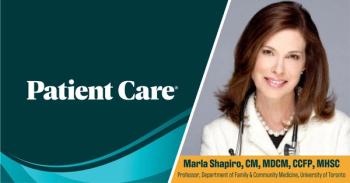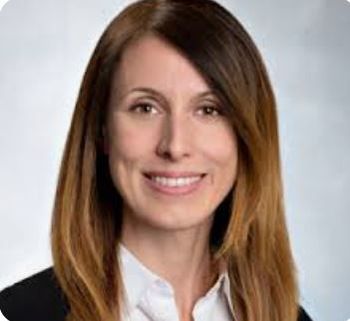
Hey Doc: Use or Lose those Vacation Days
Vacation behavior among US physicians was found wanting, with more than half taking less than 15 days/year, 20% taking ≤5 days, and 70% working on their time off.
As if doctors don’t face enough causes of burnout, a new study reveals another one: lack of vacation time.
Researchers surveyed 3024 doctors between November 2020 and March 2021 to learn how much vacation time the doctors had taken during the previous year, how they spent that time, and whether vacation behaviors were affecting feelings of burnout and professional fulfillment. The results were published in JAMA Network Open.
They found that nearly 60% had taken three weeks or less of vacation time during the prior year, and about 20% took five days or fewer. And even when they were vacationing, a substantial majority (70.4%) spent time on patient care-related tasks, with one-third reporting they worked 30 minutes or more on a typical vacation day.
They found that nearly 60% of respondents had taken three weeks or less of vacation the previous year, while 20% took five days or fewer. Moreover, about 70% performed patient care-related tasks while on vacation (WOV), with one-third working 30 minutes or more on a typical vacation day.
Respondents who were in private practice or worked at academic medical centers were the most likely to have taken 15 days off in the previous year, while those employed by a Veterans Administration hospital or on active military duty were the least. By a margin of 42% to 38%, men reported taking more than three weeks’ vacation time than women.
The most common reason cited for not taking vacation time was concern about the volume of electronic health record (EHR)-related inbox work they will face when returning, with about 37% of respondents saying they were “somewhat,” quite a bit,” or “very much” concerned about it. That was followed by worries over finding practice cross-coverage (35%) and the financial impact of taking time away (33.2%).
The data also revealed that taking less than three weeks of vacation and performing WOV was associated with higher scores of emotional exhaustion and lower professional fulfillment scores as measured by the Maslach Burnout Inventory and the Stanford Professional Fulfillment Index, respectively.
The authors note that many doctors experience chronic work overload, with 40.7% working 55 hours or more per week, compared to about 9% of all other workers. This leads to higher rates of burnout among doctors as well as higher rates of heart disease and stroke. They call occupational burnout among doctors “a serious threat to patient and physician well-being and health system goals,” as well as causing higher rates of medical errors, longer hospital stays and lower rates of patient satisfaction.
Moreover, “the fact that two-thirds of physicians are obligated to continue providing clinical care while on vacation should be considered a marker of poorly designed systems of teamwork, inadequate clinical staffing, and poorly designed cross-coverage systems,” the authors write. “In this regard, the inability of most physicians to completely disengage from patient care while on vacation should be considered a system failure—one with consequences for both the patient and the physician.”
Newsletter
Enhance your clinical practice with the Patient Care newsletter, offering the latest evidence-based guidelines, diagnostic insights, and treatment strategies for primary care physicians.

































































































































































































































































































